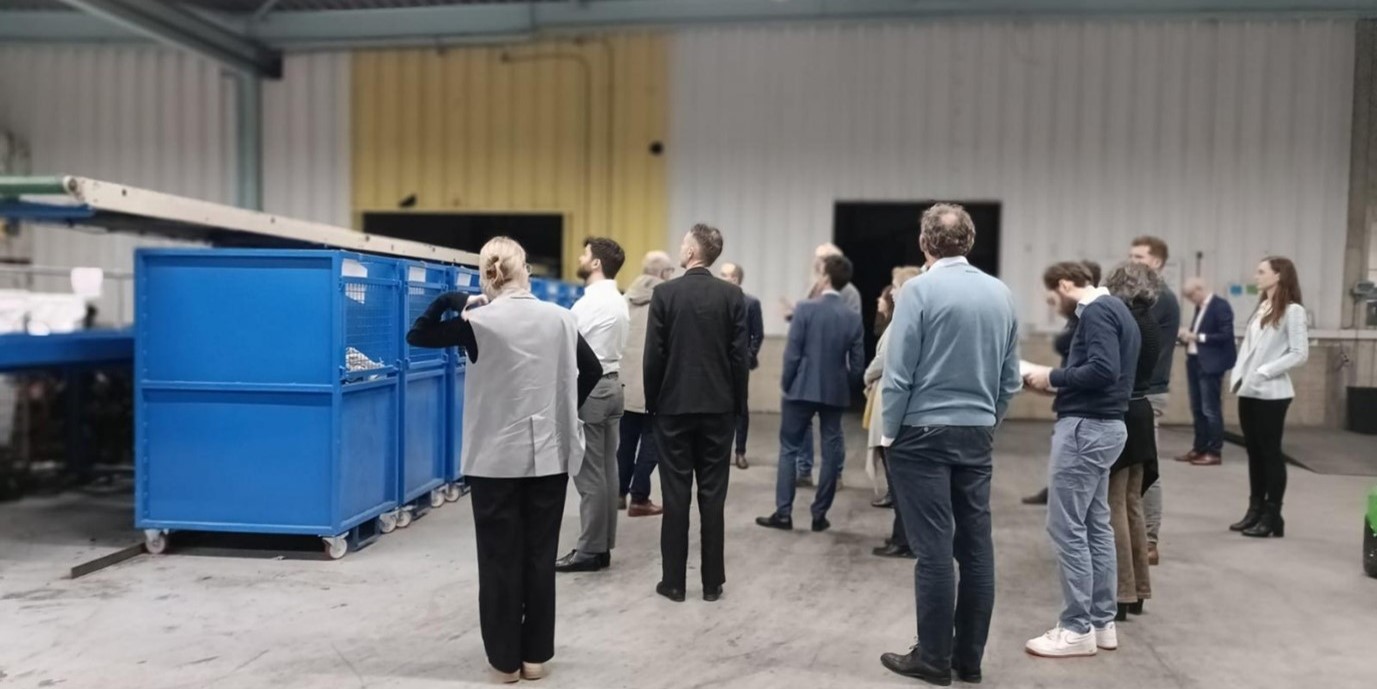SMEs & intermediaries

The Vanguard Initiative offers a platform for businesses, clusters and knowledge institutes to meet and join forces in finding new innovative solutions.
Interregional Collaboration

The Vanguard Initiative is focused on building sustainable and robust European partnerships and offers fantastic opportunities to work with like-minded regions across Europe.
Policy Influencing

Thanks to its place-based approach, the Vanguard Initiative has a wide national, EU, and international outreach.


